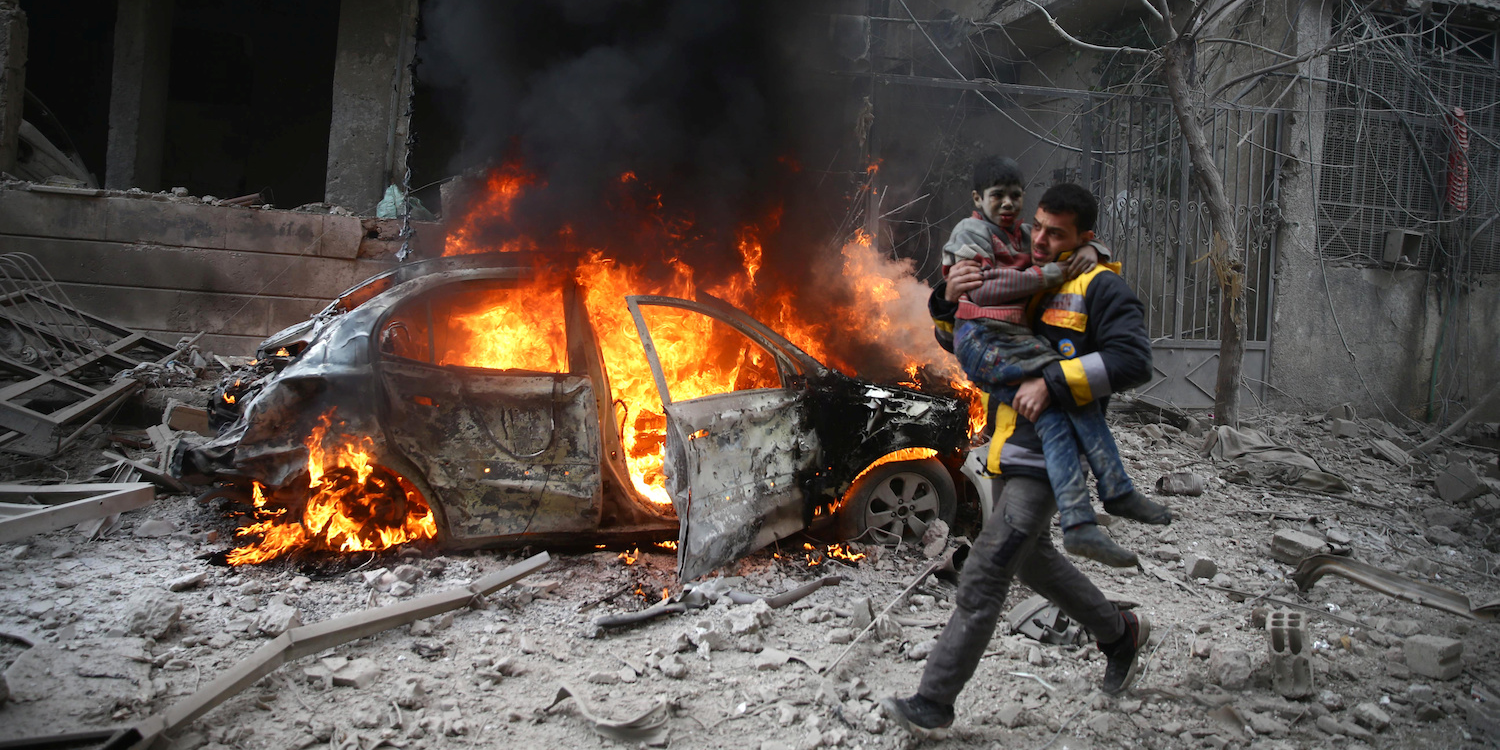- The International Rescue Committee humanitarian group has published its annual “Emergency Watchlist” listing the ten countries facing the world’s worst crises in 2020.
- These countries combined are home to less than 6% of the global population, but produced 74% of the world’s refugees, the IRC said.
- The crises they face largely include armed conflict, disease epidemics, and natural disasters, and so far see no signs of stopping.
- Scroll down to see the list and why.
- Visit Business Insider’s homepage for more stories.
Every year, the International Rescue Committee (IRC) lists the ten countries facing the world’s biggest humanitarian crises, in an effort to highlight the vast amount of work world leaders and aid workers need to do.
These countries combined are home to less than 6% of the global population, but produced 74% of the world’s refugees, the IRC noted.
The crises that they face – which largely include armed conflict, disease epidemics, and natural disasters – have changed little since last year, highlighting the “protracted nature of many of these crises and collective failure of the international community to resolve their root causes,” the IRC said.
Scroll down to see the countries on the IRC’s “Emergency Watchlist,” and the issues they face.
10. Central African Republic

A mainly-Muslim coalition of armed groups known as Seleka took over the CAR's capital in 2013, and the country has seen thousands killed amid fighting between Christian militias ever since.
The government and 14 armed groups signed a peace deal in February 2019, but that has only been partially observed and conflict continues, the IRC said.
More than one in four of the country's population have been forced from their homes, leaving 600,000 people internally displaced and 600,000 more fleeing to neighboring countries like Cameroon, the Democratic Republic of Congo (DRC), and Chad, according to UN statistics.
The country is also susceptible to bad flooding, and people are at risk of food insecurity and contracting the Ebola virus from the neighboring DRC.
9. Somalia

Somalia has witnessed persistent conflict since the 1990s, leaving large parts of the population internally displaced or having fled to neighboring countries.
Drought in the Horn of Africa region has driven displacements and left the population facing the risk of having no more food.
The country also faces violence from groups including al-Shabab, which has ties to Al Qaeda, and local ISIS affiliates.
In early January, three Americans - one service member and two Department of Defense contractors - were killed in an al-Shabab attack at an airfield in Kenya.
8. Burkina Faso
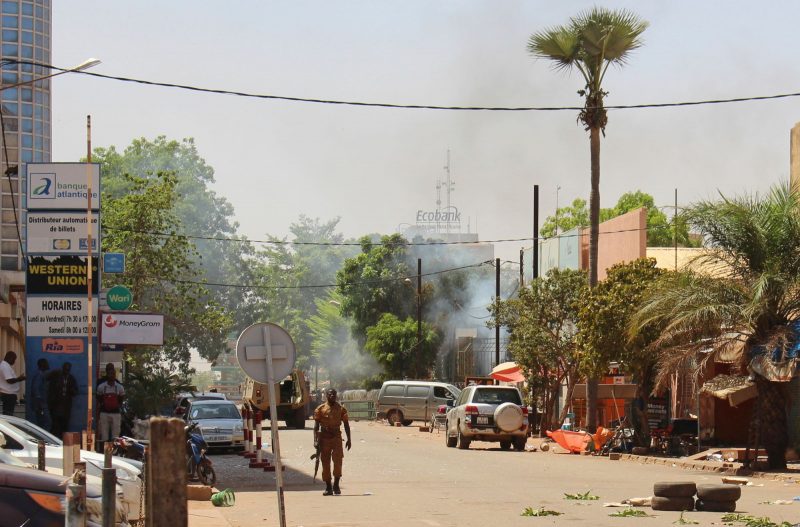
Humanitarian threats have grown dramatically in the past year in Burkina Faso, which is home to armed conflict carried out by groups associated with Al Qaeda and ISIS.
Those armed groups have also forcibly displaced and called on civilians to join their movements, said the IRC, which has staff on the ground.
The number of internally-displaced people ballooned from under 9,000 at the start of 2018, to 47,000 at the start of 2019, to 56,000 at the end of 2019, the IRC said.
The violence has also forced almost 2,000 schools and 91 healthcare facilities to shut, leaving 270,000 children without formal education and more than 1.2 million people without access to healthcare, the IRC reported.
In 2018 the country was named one of the poorest countries in the world by the International Monetary Fund, which noted that the average person there lives on less than $1,000 a year.
7. South Sudan

Civilian violence has afflicted South Sudan since 2013, two years after its establishment, which itself came after a decades-long civil war in Sudan.
The fighting since 2013 has produced 2.2 million refugees and 1.5 million internally-displaced people, according to the UN.
The risk of food insecurity runs high, which is compounded by corruption and risks of drought and storms. Heavy seasonal flooding in 2019 also led to increased numbers of people suffering from health issues like malaria and diarrhea, the UN said.
Every other child can be sick with fever or malaria, and one in four children can have diarrhea at any one point in time, the UN reported.
Access to South Sudan is also difficult due to conflict and bureaucratic roadblocks from the government and armed groups, the IRC said. Dozens of humanitarian workers have also been killed since 2012, it added.
South Sudan was also featured in the IRC's 2019 watchlist, in an indication of how little has changed in the country over the past year.
6. Afghanistan
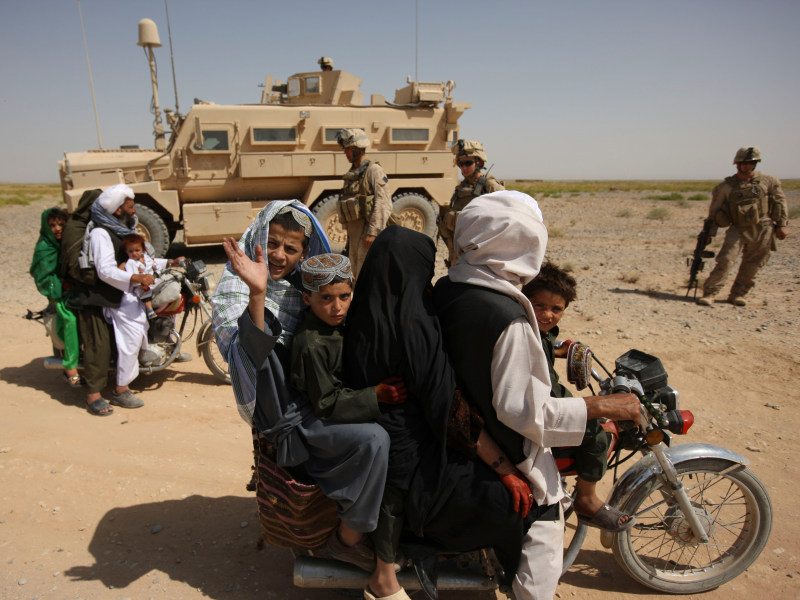
Afghanistan still faces political instability after the 2001 US-led invasion, which is still ongoing and has cost American taxpayers $1 trillion. Clashes between armed groups, including the Taliban and ISIS, continue with the government.
The conflict has produced nearly almost 2.5 million refugees outside the country, according to the UN. The country continues to face risks of drought, landslides, and seismic activity, which are exacerbated by poor infrastructure.
The IRC also highlighted the high risk of terrorism and human-rights violations.
The US has engaged in peace talks with the Taliban, which stopped and started in 2019. President Donald Trump has pledged to remove the US from "forever wars" like Afghanistan, but has not delivered on the promise so far.
Confidential documents obtained by The Washington Post, published early December, showed that US officials have "constantly" misled the American public about the war, struggled to define their mission, and do not have a sufficient understanding of Afghanistan.
5. Venezuela

Venezuela's socialist president Nicolás Maduro has presided over an economic crisis that has seen hyperinflation hit 10,000,000%, food and medicine shortages, and a continuing exodus of people.
The ongoing crisis left has 94% of households in poverty and 90% of hospitals reporting a shortage of supplies, according to the US State Department's 2018 statistics.
Some 7 million people - or about one in four of the population - are also in need of humanitarian assistance, the UN said.
Photos from the region, published by Business Insider last year, also showed leaking sewer pipes, rotting meat in fridges, and a Happy Meal costing more than a year's salary.
The government has also put up restrictions for humanitarian groups and some imports entering the country. It also imposes internet blackouts as a way to stifle dissent.
Some 4.6 million other Venezuelans have fled the country as of November 2019, and the number is rising, the IRC said. Many of them have gone to neighboring countries like Colombia and Brazil, which have in turn tightened their borders.
4. Nigeria
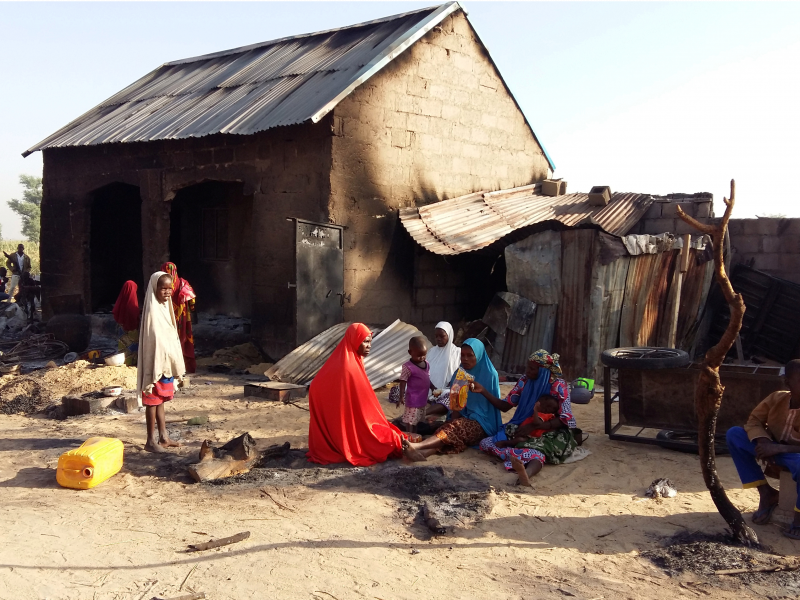
Nigeria faces a decade-long insurgency in the northeast and rising tensions in the northwest, causing regional instability and producing some 540,000 internally-displaced people in the northern regions, the IRC said.
Large parts of the northeast are effectively under the control of armed groups, leaving some 1.2 million residents unable to access vital amenities like food.
This is compounded by a persistent risk of drought, flooding during rainy season, and the spread of cholera. The region also has weak infrastructure and healthcare facilities to help fight these phenomena.
The relative poverty and weak infrastructure sharply differs from the wealth in major southern cities, like Lagos and the capital Abuja.
3. Syria

The Syrian civil war has raged on since 2013, with multiple world powers using the country as a battleground for their proxy wars.
The constant fighting and airstrikes have damaged a huge amount of civilian infrastructure, leaving less than half of the country's health facilities remaining fully functional, and more than one in three schools damaged, the UN said in March 2019.
The conflict has also produced more than 6 million internally-displaced people and 5.7 million refugees, making this the biggest refugee crisis in the world, the IRC said. At the same time, Turkey and multiple European countries have shut their doors on these migrants.
Fighting between President Bashar al-Assad's forces, political rebels, and other parties remains intense. Hundreds of wives and children of ISIS militants are stuck in refugee camps in the country's northeast with no government willing to take them.
In October 2019, President Donald Trump controversially announced the withdrawal of 1,000 US troops from northern Syria.
This paved the way for Turkey to invade and fight the Kurdish-led People's Protection Units (YPG) - which fought ISIS alongside the US in Syria - and hundreds of ISIS prisoners to escape.
2. Democratic Republic of Congo

The eastern DRC is home to more than 100 armed groups, and is grappling with an ongoing Ebola and measles outbreak.
The armed conflict and health crises are a result of decades of under-development and weak infrastructure.
The population is also largely reliant on subsistence farming, making it vulnerable to natural disasters and conflicts, the IRC said.
Nearly 16 million Congolese are in need of humanitarian assistance, and some 5 million people in the country are internally displaced - making the country home to the largest internally-displaced population in Africa.
1. Yemen
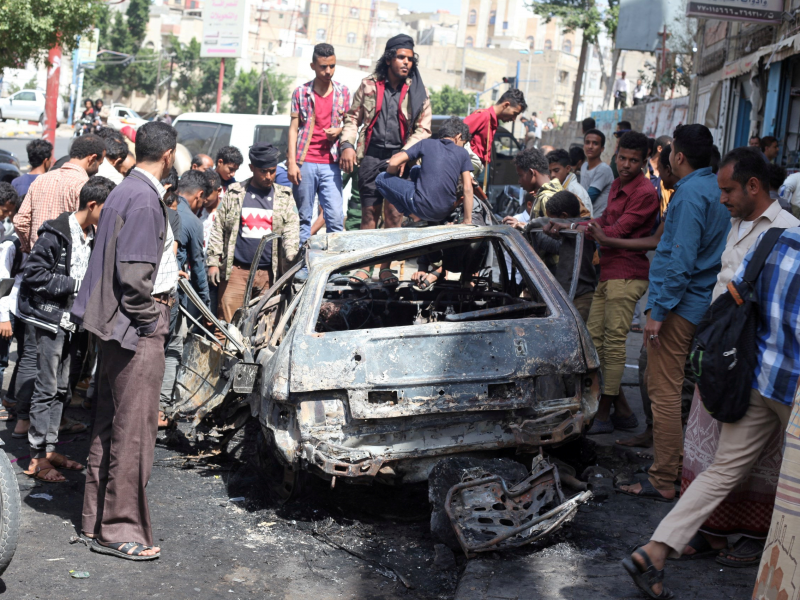
A deadly civil war, supported by a Saudi-led coalition, has been raging on in Yemen since 2015 with no end in sight.
Civilians struggle with frequent air strikes and attacks on basic infrastructure like hospitals, schools, and sanitation systems. Many ports have been closed off, making the import-dependent country in dire need of food, fuel, and medicine.
Since 2015, around 250,000 people have died due to the war, with 100,000 directly because of the fighting and the rest indirectly due to problems like the lack of food and health, the IRC said. The country has also battled a cholera endemic for the past three years.
More than 24 million Yemenis - or 80% of the population - are also in need of humanitarian assistance, the UN's humanitarian office said.
Though the warring parties agreed in December 2018 to address the spiraling humanitarian crisis, progress has still been slow.
The Yemeni government signed a power-sharing agreement with separatists in November 2019 - creating a force that could fight the Iranian-backed Houthi rebels - but the IRC warns that there could be renewed hostilities if this agreement breaks down.

